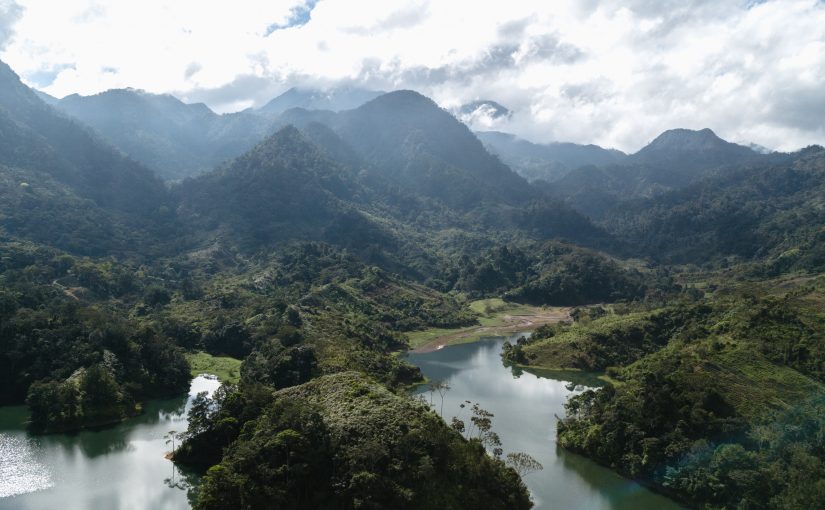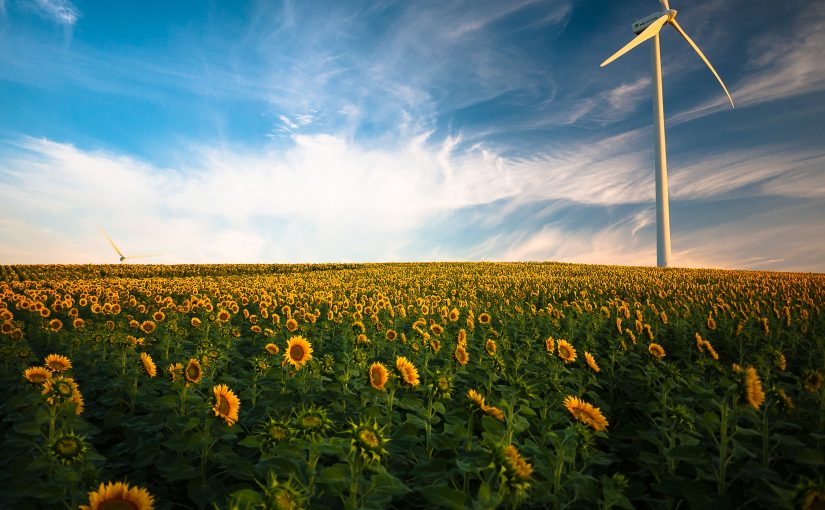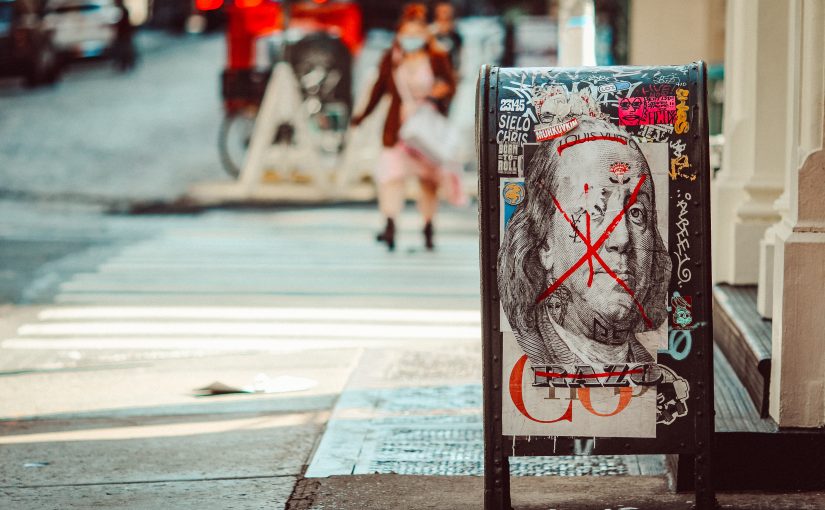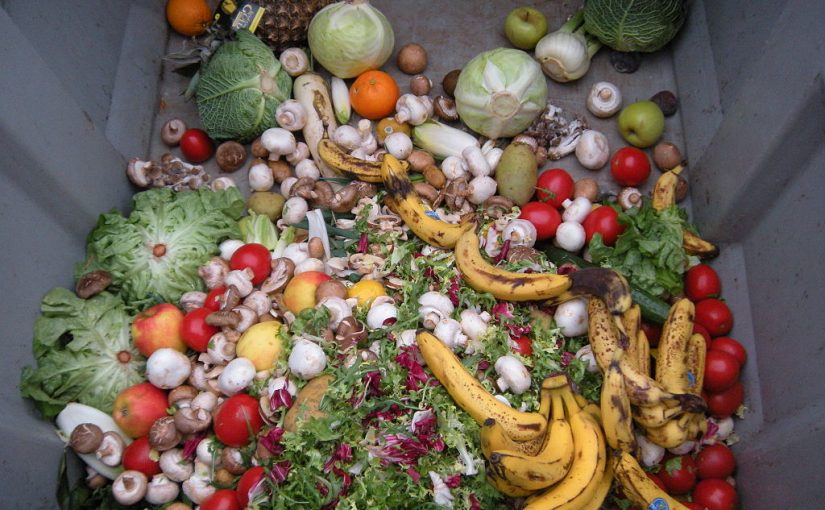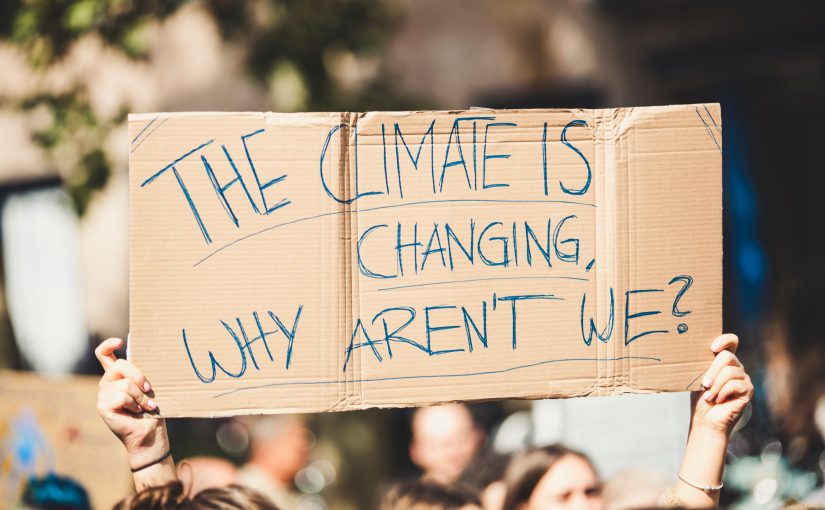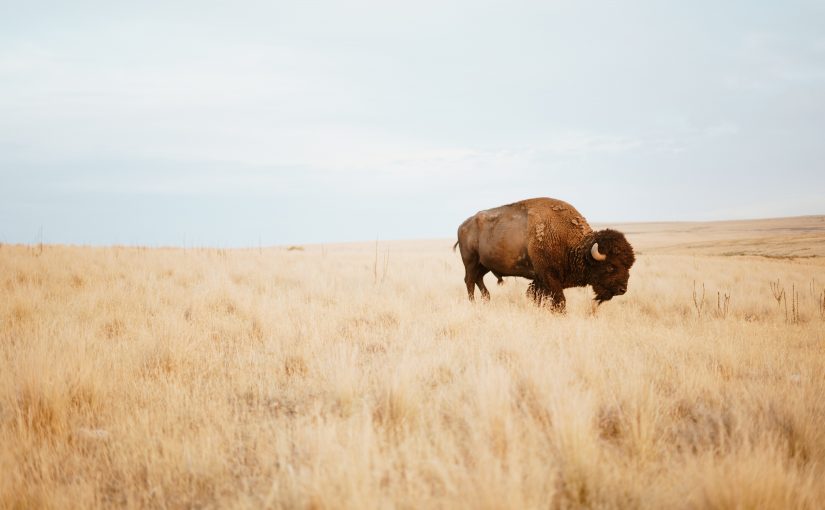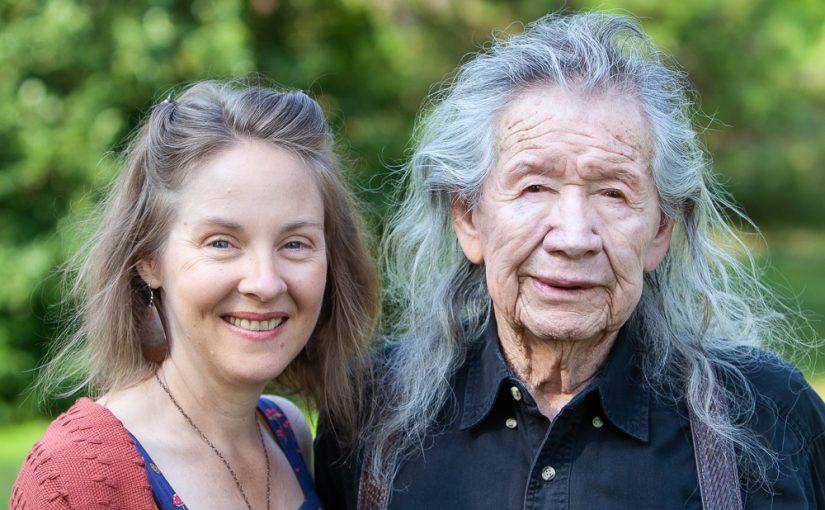By Hilary Giovale
Oglála Lakȟóta Elder Basil Brave Heart often has a twinkle in his eye and a funny story to share. A Catholic boarding school Survivor, Korean War combat veteran, author, retired school administrator and addiction counselor, Basil lives in a cozy trailer tucked into rolling hills on the Pine Ridge Indian Reservation in South Dakota, a place with a 53.75% unemployment rate and the lowest life expectancy in the United States. Also known as Prisoner of War Camp #334, Pine Ridge was established in 1899 when the United States Government forced Basil’s ancestors onto reservations.
I am a ninth generation European-descended settler living next to a sacred mountain of kinship on Diné, Hopi and Havasupai land. As a mother, dancer, philanthropist and writer, I’m dedicated to a process of decolonization and reparations that has been guided in part by Indigenous mentors and friends.
During the summer of 2018, my young son and I were invited to spend a few days amidst the fragrant sunflowers, sage, and pine trees on Basil’s land. At his suggestion, we visited the Wounded Knee Memorial to honor the Lakȟóta ancestors who were massacred there on December 29, 1890. Basil related: beginning in 1938 and continuing throughout his childhood, his Grandma Lucy taught him to extend unconditional love and forgiveness to the wašíču (fat taker) soldiers and settlers who disrupted and disparaged his ancestors’ lifeways so painfully. Grappling with the unsettling reality of my own ancestors’ colonialism, Basil’s stories sparked my curiosity – who was this man?
Over time our friendship deepened to bridge tremendous divides – of culture, generation, gender, class; of the oppressor and the oppressed. In the summer of 2019, we worked together on an international Ceremony for Repentance and Forgiveness, which brought together people whose ancestors were impacted by both sides of wars, genocide, enslavement, and other human rights abuses throughout the world.
As an octogenarian and beloved Elder, Basil’s rich life experiences offer illumination. For forty years, he has been teaching about the current paradigm shift to restore the sacred natural order of the universe. Part One of this interview shares Basil’s reflections about Lakȟóta lifeways and the impacts of boarding schools. Part Two covers his perspectives on war, healing, and patriotism.
Hilary: You were born in 1933. Could you tell us about your birth?
Basil: For us, the birthing ritual is the first rite of passage. We are birthed into the physical world through the Feminine. We are taught that the womb is a compassionate, safe, space where we are immersed in the sacred liquid called water and sacred spinal fluid.
From the moment my mom announced her pregnancy, my grandparents and aunts were singing prayers with her, to align us with the spiritual frequency of the sacred natural order of the universe. Everything was sacramentalized during my birth, which happened at home. There was azílya (smudging) throughout the space. My grandma selected a woman to reach into my mouth symbolically; this was to open the portal of the Creator’s breath. My grandpa held me and prayed to the six directions, introducing me to water, wind, light, sky, flowers, trees, the four-leggeds; the stars. He gave me the name Matȟó Wakhéya (Bear Looking After His People). My mother nourished me with sacred milk. The breast is life.
Hilary: How exquisite. As you were growing up, what did your grandparents share about Lakȟóta life prior to the reservation being established in 1889?
Basil: My grandparents were put on a reservation by genocidal policies of the United States government. My grandpa used to talk about the nomadic life our people lived before. There was a vastness to how his grandparents and other relatives lived. None of my ancestors went to school or ever read a book. They did not speak English. But their teachings were unbelievably profound.
My grandpa talked about how the Black Hills are a sacred, pristine place the Creator intended for ceremony. My relatives would talk about the hunting of buffalo, elk, and deer. They shared teachings about the thípi (house; conical tent). The poles represent the Masculine energy of protection. The canvas is a buffalo hide representing the Feminine. The family is held together by the Feminine. The sticks that hold the canvas together are the values of love, compassion, and forgiveness.
My grandma taught us spiritual ecology. She told us about the different herbs and how they heal. She taught us not to take everything, not to break anything. When we harvested cherries and plums, we didn’t break the limbs off the trees. We learned to respect the trees, because they are our relatives.
My grandma prayed every morning, with the firewood and the water. She said, “All Creation sings.” The central prayer was that we would survive and help create a peaceful, safe place for the people to live.
When I was little, I would take soup, coffee, or frybread to my grandpa, who lived in a little house out back. I’d wait outside the door, and I could hear him talking to someone. He said, “Come on in because your relatives are here.” So I would go, and he would tell me to sit down. He said, “These are your relatives sitting here.” You know, I didn’t see them, but yet I did. We were brought up to know that there is just a thin veil between the physical world and the spirit world. I didn’t feel it was weird.
My relatives talked about a different time, before the arrival of the colonial warriors. They were called wašíču (fat taker), which is a metaphor for someone who steals the fat of the buffalo. wašíču does not mean “white;” it refers to a consciousness that takes without permission, irreverently. It’s connected to the Doctrine of Discovery and the idea that everything here is ours in the name of God, and we have the right to kill everything in the name of God. This is colonialism, but it also goes to a corporate way of thinking – using laws to take things – at any cost. It amazes me to the depth of my soul how the Lakȟóta people used our divine language to describe it that accurately.
My family talked about how the government issued smallpox-infested blankets to the Lakȟóta people; how the buffalo were killed and left rotting all over the prairie; how the sacred horses were stolen and killed; the massacres that took place; the denigration of our women and little girls. All of these things were deeply painful. It was unbelievable, because at the same time, the Lakȟóta people embodied a powerful spiritual gift: living in a forgiving way, surrendering to the Divine. All of these things I’m talking about were continuous teachings in daily life.
Hilary: You’re a Catholic boarding school Survivor. Would you like to share about that?
Basil: My parents took me to the Holy Rosary Mission boarding school in August of 1939 because it was the policy of the United States government that all children had to be brought to school, under threat of severe punishment. There were some intrusive things that happened. I’ll describe it now using language I did not have as a child.
The nuns wore black. They had a kind of white covering on the inside of their face and neck, and a black covering that went over the white thing, so you could see only their face and hands. And they had something hanging on their side, like a rope around their waist that had a cross at the end. I didn’t know what that meant. And so that was very strange.
The priests also wore black. And there was a kind of plastic white thing around their neck. They had wooden beads hanging down by their side with a black thing like a cross. It wasn’t rounded, it was elongated. So I didn’t know what that meant.
They took us to a classroom and said we would be attending school. I had difficulty understanding because my first language was Lakȟóta. I was scared to ask questions. They told us we would all have haircuts because it would make us good people to have short hair. It would help us become what they were teaching us to become in their way of life.
Eventually they took us to the church. There was a time to kneel down, a time to stand up, and there were special gestures we had to make. Someone said prayers with his back toward us. I looked on the wall and there was a man with long hair hanging from a cross. I thought, “They told us a little while ago that they were going to cut our hair, but now they are talking reverently about this man with long hair, and saying he gave his life for us.” They tried to explain that we were sinful, and this man died to take our sins away.
I came from a caring, loving home and community, and this was an unfriendly place. I felt betrayed. I didn’t trust these people. They didn’t feed us enough and they yelled at us. They made us stand in line and march. I was not going to be able to participate in ceremonies anymore. I learned to shut off my feelings and go numb. The pain was always there, but I couldn’t feel it as much when I numbed it.
One time I was talking to my friends. A nun overheard, grabbed my ear, pulled me out of the pew, and brought me to the back. It really hurt to be shamed in front of my peers. Little did I know that shaming was going to be in the classroom, the dining room, the playground and in church. It was a way to constantly emphasize that we were sinful. They told us the way we prayed was not good and our prayers didn’t count, because the man on the cross wasn’t part of our ways.
So what I did is I listened, but I didn’t take it in. In the summers I went home, and I told my grandma about it. She said, “Well, I know they’re not feeding you very good, but don’t hate them. Live in the forgiving way that I taught you as a child.” And so that’s what I did. It was a challenge, but you know, I’m grateful now because that challenge manifested into something deep inside.
Another very difficult experience was in the dormitory. After they turned the lights out at 8:30, a door would open and someone would come in. This dormitory was very old and you could hear the floor squeaking with the person’s footsteps. One night, I heard whimpering, muffled crying. It was like someone put their hands over the person’s mouth. And after a while, I figured out that this guy was coming in and taking a little boy to the back room. As time passed, I heard some of the boys say, “A man came and took me out of my bed; it was not good.”
We never talked about this. We didn’t tell our parents. This was a deep intrusion, a deep shaming, a way of treating a human being that causes what I call trauma – mentally, physically, and spiritually.
But let me go to what was one of the most devastating things: when they told us we couldn’t speak our language. At that time, I didn’t have a full understanding cognitively and spiritually, but as I look back at it with some of my research and education, it was like doing a lobotomy on our brains to remove a piece of who we were.
What would have happened to the priests and the nuns if their language was taken away and they were required to speak Lakȟóta? I always wonder how they would have navigated their social and spiritual orbit. Having your language forcibly taken away is a very difficult neurological intrusion.
Mark Twain said the solution to the Indian problem was to educate them to death. I think what that meant was to take our language away, teach us how to read left to right, and take away our circular way of thinking. With that kind of education, you’re moving your focus from the right hemisphere, which is a spiritual center, to the left hemisphere. When you do that, you lose your connection, and you’re trying to adjust to a linear and secular way of communicating. I believe that’s what he meant.
I still see the effects of our language being taken away. Language is the divine sound of the Creator responding to our voice of petition and prayer. Right now, I’m working with some physicists and linguistic scholars to understand how deep this is. The Lakȟóta language uses 140 sounds. Sound is frequency, and frequency goes to vibration. The Lakȟóta word for vibration and connection to the universe is Tákuwakȟáŋškaŋškaŋ (Sacred Movement). It means something in sacred motion that is uncreated, infinite and unnamable. It’s who we are.
I was very fortunate that my grandparents only spoke Lakȟóta with me when I went home in the summers. Somehow, the neurological pathways were still there. Later in life, when I got sober from alcoholism, my Lakȟóta language awakened big time. It was almost like I’d been speaking the language the whole time.
So it was huge what they did to us. They were raping our being. There was human abuse and pervasive shame. That’s the central piece for me in what the boarding school did.
Hilary: Human abuse and pervasive shame…what was the purpose of shaming people so deeply?
Basil: Well, remember the policy of genocide is to eliminate. We didn’t think like them or live like them. Was the shaming to convince us that the way we pray, eat, and live was absolutely not good? It was a way of taking our spirit hostage, taking us out of the deep center and the primary essence of who we are.
There was something I heard for the first time at school: if you do it this way, you will be rewarded. If you don’t do it this way, you will be punished. When I translated this to my grandma, she said “That is unbelievable. I cannot allow you to think that way. The Divine doesn’t punish or give rewards. The Divine is unconditional love. Remember you came from your mother’s womb, and the womb is compassion.” I repeated this to the priest and he said no. That is wrong.
In these conditions, you almost dissolve who you are. The shame and blame took me to a place of spiritual pain.
Hilary: Shame can be so painful. I felt intense shame for years after I learned about my family’s history as settlers. Do you think shame can be used constructively, toward healing?
Basil: Remember that one of our basic, neurological cosmologies is non-duality. And non-duality doesn’t embrace reward or punishment. My grandma said there’s a veil, a very thin veil between what they did to you and the Divine. So you just have to step into the Divine. The shame you just moved out of is going to teach you the difference between the two. How am I going to know goodness if I don’t know shame?
When you learned about what your ancestors did, what hurt you the most?
Hilary: My sense of innocence was wounded.
Basil: When something touches the innocence at the center of your being, it’s a deep wound. But we can become wounded healers. How can you be a healer who has not experienced a wound? You don’t learn it from books. You have to experience it.
Hilary: That’s true. Shame became a catalyst to discuss this history. That openness has brought healing. It hadn’t been addressed for nine generations in my family.
Basil: Your people are Celtic. You come from a culture, if you go back through the centuries, that also had their language and their soul connection. The Celtic and the Lakȟóta are twins. The more you research your ancestors’ culture, the more you’ll find that.
Hilary: Thank you for sharing that. The wašíču consciousness is not who we always were. Basil, do you have any thoughts about the hundreds of unmarked children’s graves that were recently discovered at the residential schools in Canada?
Basil: We are living in a time when we have to look at everything – the divine nature of our being as well as the divine madness of our being. The abuses of the boarding schools must come to light now; we need to see all of it. I think that the churches need to make an effort to provide ways of healing. Native people and church representatives could come together at centers that incorporate Western healing and Indigenous ceremonies such as the sweat lodge. I would welcome building a center like that on my land.
Read the second part of this interview here.
